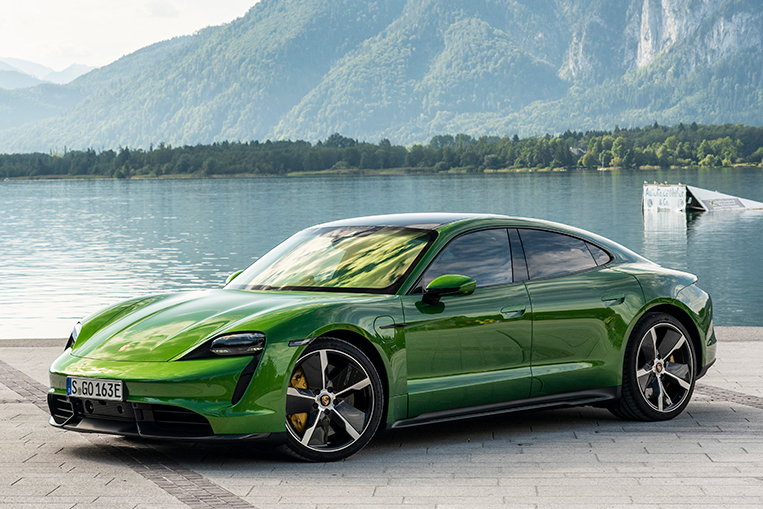
Now that Porsche has finally revealed its first electric sports car to the world, it’s time to take a closer look at the Taycan and see what it really has to offer. Here are eight things you may not know about the super EV from Zuffenhausen.
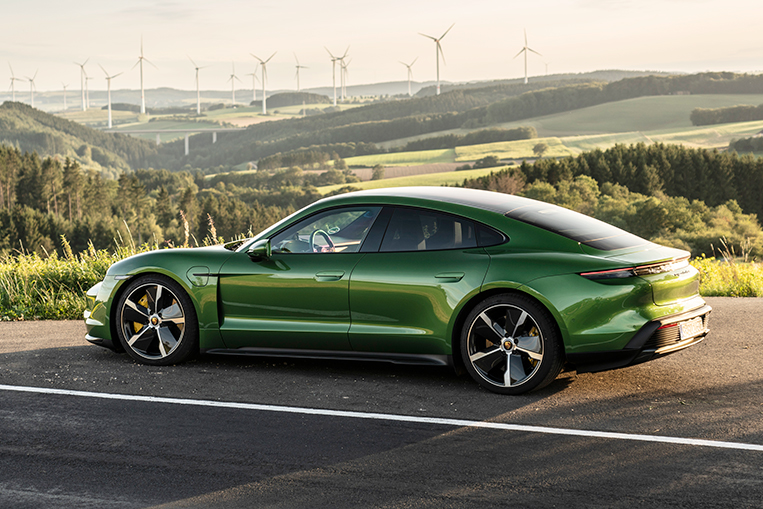
1. It hardly uses its hydraulic brakes. Porsche is famous for the quality and the stopping power of its braking systems, but the Taycan promises to handle most decelerations without the need for the huge hydraulic wheel brakes to become active. In fact, the firm claims that up to 90% of everyday braking will be handled via recuperation, when the electric motors are essentially turned into generators that can generate up to 265kW in regained power. The driver likely won’t notice any of this and will still use the brake pedal as he always does, but because the car decelerates mostly with the help of the electric motors, the huge 415mm discs on the Turbo and the 420mm carbon-ceramic ones on the Turbo S are hardly ever used—they’re estimated to last an incredible 800,000km before they will need to be changed. This is pretty much the same approach that sister company Audi uses in the e-Tron crossover, and we really liked it when we drove it earlier this year.
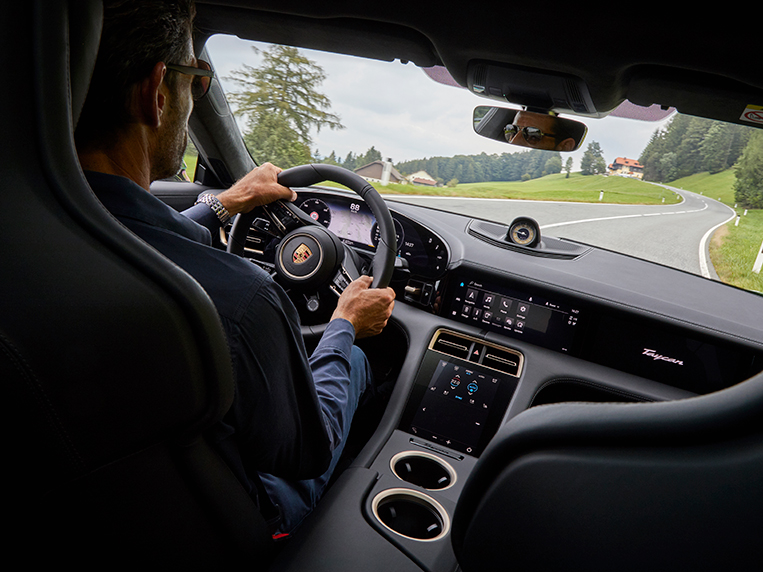
2. It has a two-speed transmission. The Taycan actually has two gearboxes: one at the front and another at the rear. The rear one is unusual for an EV as it has two gears. The first gear features a short 15:1 ratio to get you off the line quicker, while second gear comes with an 8:1 ratio for better efficiency at higher speeds. The front gearbox also features an 8:1 ratio, but it only has one gear. In the future, we will likely see more electric vehicles with multiple gearboxes, as this is a hot area of development in the automotive industry at the moment.
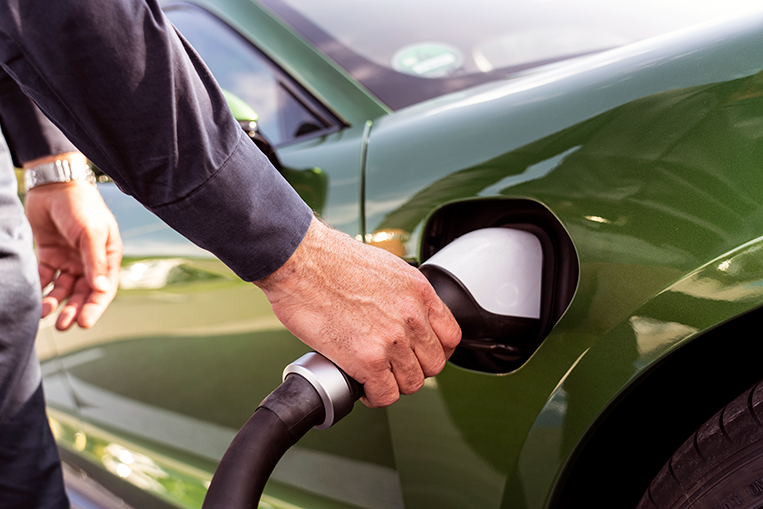
3. It has charging ports on both sides. Most electric cars have their charging port on one side or in the middle, but the Taycan can be juiced up from both flanks. There are ports on the left- and right-hand sides of the front section, with both ports supporting alternating current and the right-hand side also accepting chargers using direct current.
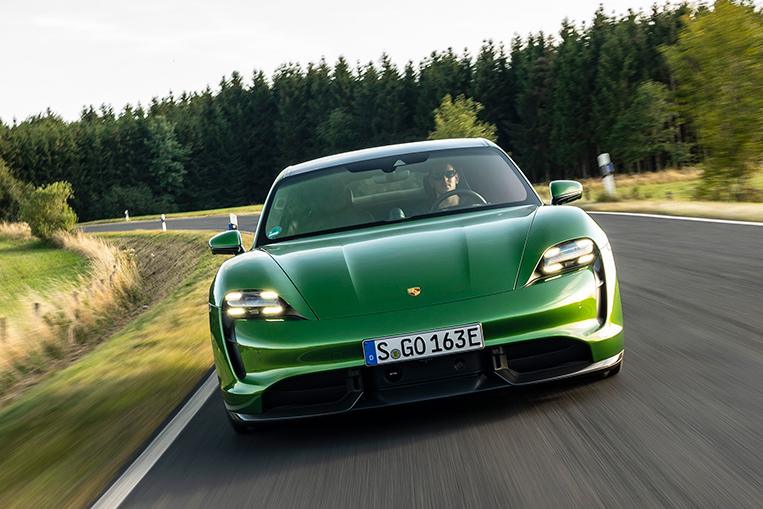
4. It comes with an optional “sport sound.” Many people think electric cars are silent, but that’s of course only partially true. To satisfy those buyers who want a little more audio than the whirring noise of the electric motors, Porsche is offering an optional “Electric Sport Sound” feature. Pay $500 on top of the asking price and you get to enjoy some artificial engine sound. Yes, Porsche is charging a fee for what is essentially a funny fancy MP3 tune. What does it sound like? Listen here.
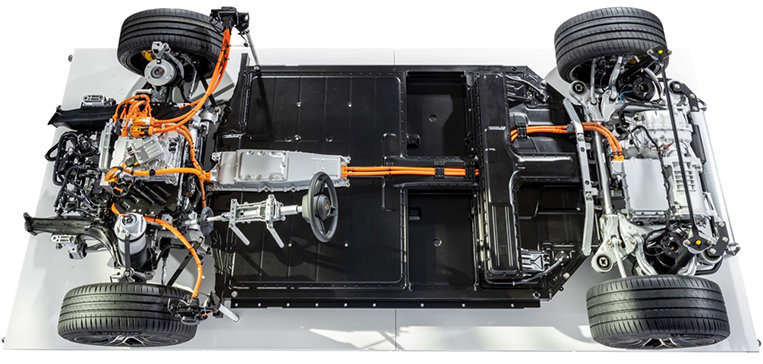
5. It’s the first production car with a total system voltage of 800V. That’s twice the voltage used in most other EVs, and allows the car to be recharged from 5% to 80% in as little as 22.5 minutes, or to add 100km of range with just five minutes of charging. It also reduces the weight of the car, and ensures plenty of power is always on tap.
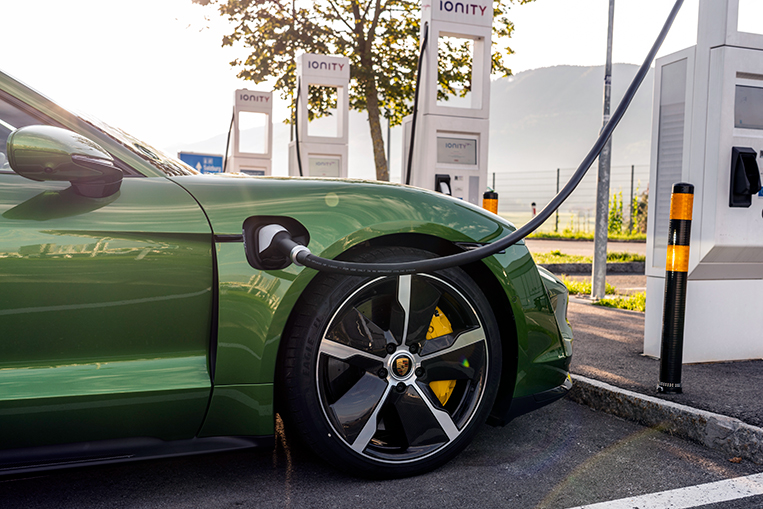
6. It uses the same battery for both Turbo and Turbo S models. Yes, we know. Calling an EV ‘Turbo’ is stupid, but let’s ignore that for a second and focus on the fact that both models, the Turbo and the Turbo S, use the same LG-sourced 93.4kWh battery pack. So how come one churns out 500kW (671hp) and the other manages 560kW (751hp)? The answer lies in the pulse-controlled inverter used to convert DC to three-phase AC for the front generator on the two models. The one in the Turbo is rated at 300A in overboost mode, while the Turbo S one is rated at 600A at full whack. In simple terms, this means the Turbo S can draw more power from the batteries and therefore generates more oomph.
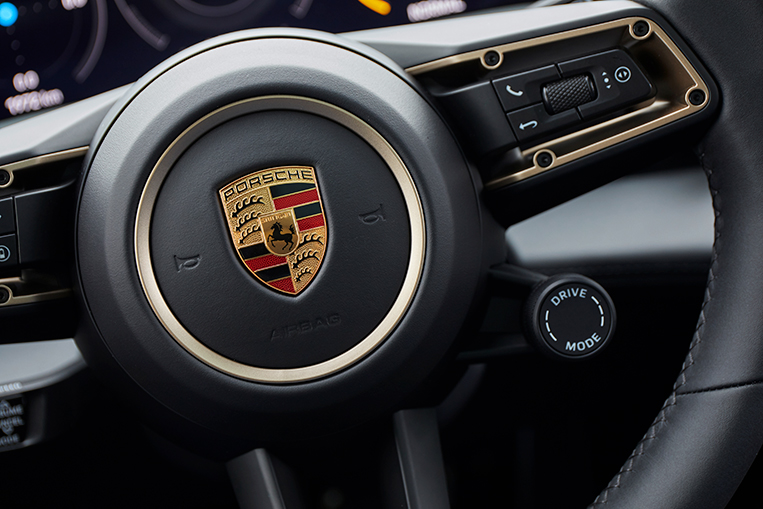
7. It can drift beyond 90°. The Taycan is an AWD vehicle thanks to its electric motors at the front and rear axles. It also utilizes a myriad of electronic helpers for optimal performance. A Porsche employee recently claimed in front of a staff member of a German car magazine that the electric sports car can not only drift if needed, but is even capable of “overdrifting,” meaning it can get its ass out beyond 90° and won’t spin out or crash. We guess we’ll have to wait for the first YouTube video to deliver proof.
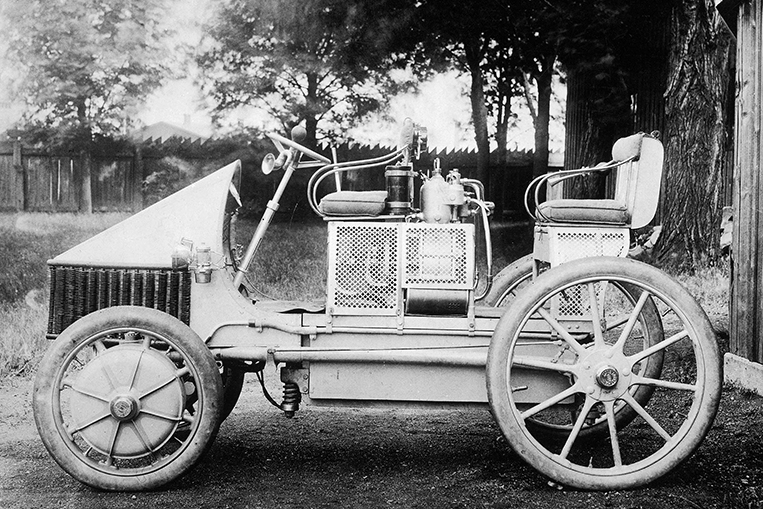
8. It’s technically not the first electric Porsche car. Porsche might say the Taycan is its first electric vehicle, but you could argue that this honor actually belongs to the Lohner-Porsche from 1898. Developed by Ferdinand Porsche, the production version of it was a hybrid vehicle, but early prototypes ran fully electric. Obviously, it was nowhere nearly as quick as the current EV. The hub-mounted electric motors on the Lohner-Porsche only generated around 2.5hp each.



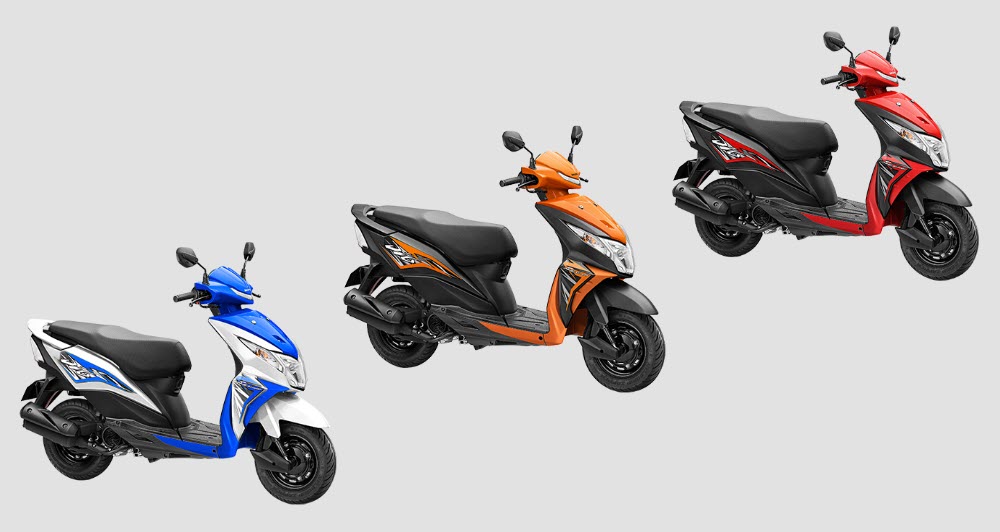
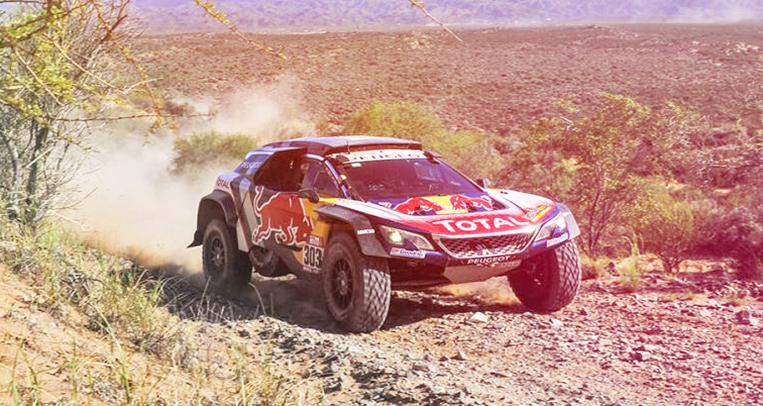
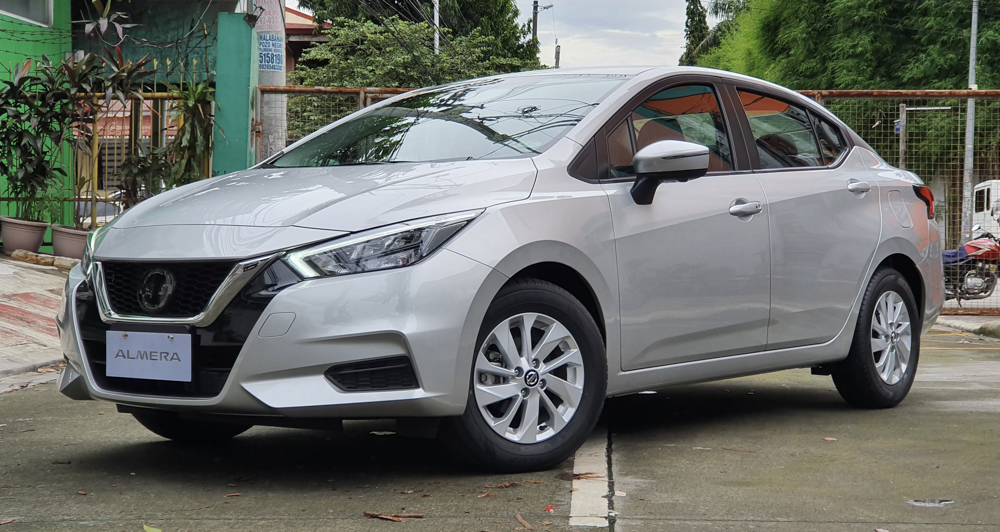





Comments